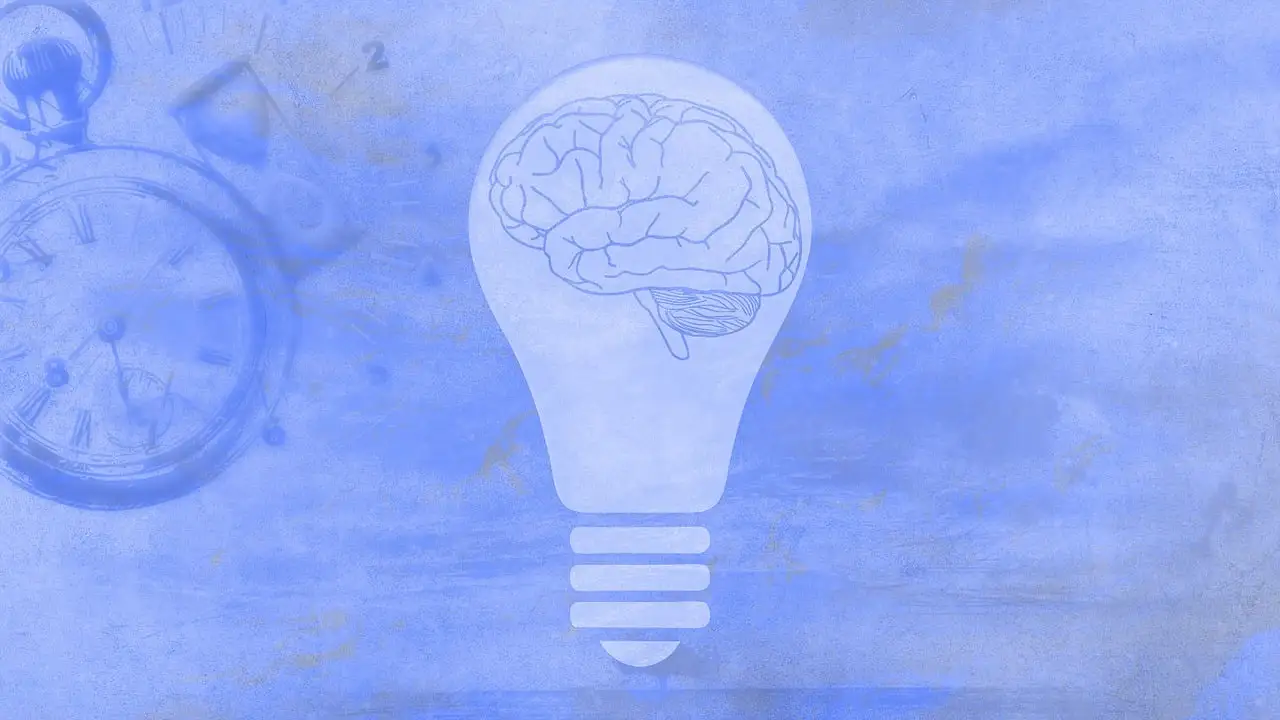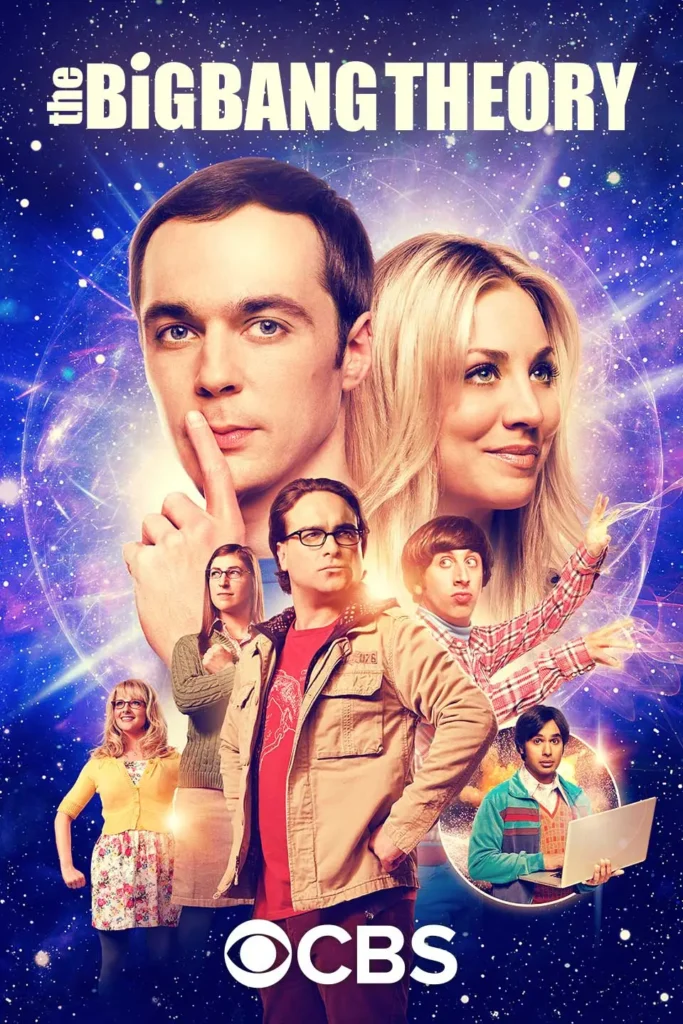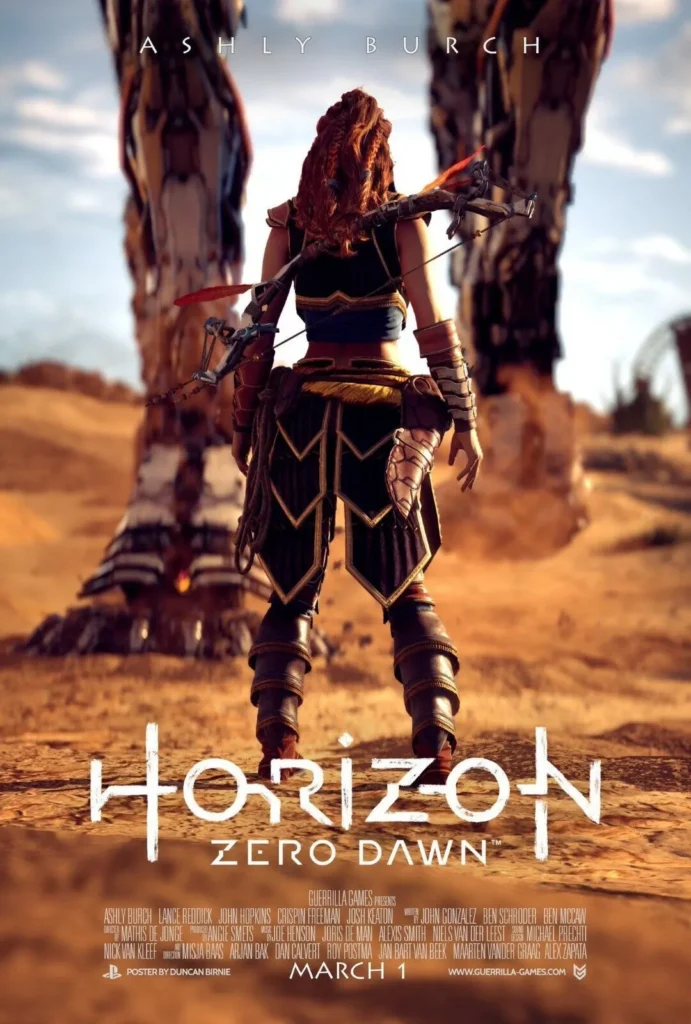
The Accidental Autistic
Words By Ari Iscariot, Art By Chen
It’s happened again. You picked up a new book or started a show, and your spidey-sense began tingling. There’s something about this character. Something unique, compelling—relatable, even. There’s an element of their personality that reminds you of you. You have a hunch, a building suspicion, so you google the character, read interviews from their creator, scour message boards for fan theories and headcanons. You try to find out if anyone has seen the same something that you have. This character is definitely, undeniably, totally-saying-for-sure autistic. But this doesn’t seem intentional. And not for the first time you wonder: “Why are the best autistic characters always accidental?”
“Woah,” you say, “Slow down. I’ve never had this experience. I’m not even sure I could tell you what autism is.” Never fear! For the uninitiated, here is a brief explanation: Autism is defined as a developmental disability or a neurodivergency that affects communication and how individuals process sensory information from their surroundings. Because it is a spectrum, autism presents differently in every person, and there is much variation in behavior from one person to another. However, there are traits many autistics frequently have in common, such as divergent thinking, processing stimuli differently, unique ways of speaking or socializing, moving differently, or having higher support needs. For me, autism primarily affects my communication style and the intensity of my interests. And one of my interests happens to be how the media portrays autistic characters.
Despite my long history of enjoying media of all types, I have rarely seen depictions of people with autism that reflect autism that looks like mine. Intentional depictions of autism usually fall into two categories: stereotypical and/or negative. However, underneath the intentional, there exists an unseen world of accidental representation full of neurodivergent characters that resonate more authentically and affirmingly with a neurodivergent audience. So, why does this happen? And why should we care?
Unsurprisingly, positive and negative representations of neurodivergent individuals have positive and negative consequences. To understand these consequences, let’s examine autistic stereotypes and their harmful impact, and in contrast, study what good representation looks like, and how we can make accidental representation purposeful and positive.
Stereotypical and Negative Depictions in Media

The two autistic stereotypes most commonly found in media are the child and the savant. The child can be a literal child, or an adult treated like a child, but either way, this character is usually assumed to be incapable of caring for themselves. On the other hand, the savant is seen by others as a genius, but they are often portrayed as being socially inept, rude, emotionally stunted, or in other ways inconsiderate and unfeeling. Infamous examples of this include Dustin Hoffman’s character in Rain Man, and Sheldon from The Big Bang Theory, who is often quirkily callous or casually misogynistic. Even when autistic depictions expand past these two categories, it is rare to see characters that aren’t straight, white, and male. The image generally held in people’s heads is a skinny, pale, moody young man with obvious differences in mannerisms. We do not imagine autistic people as queer, fat, gender diverse, or as people of color.
Autism focused studies over the years have indicated that depictions of people with autism in the media could have a significant impact on the public’s perception of autistic people. As summarized in a study by Sandra C. Jones, negative stereotypes can increase the alienation and isolation of autistic individuals, and promote misconceptions, prejudice, and negative behavior towards them.
The theory is, if these depictions are narrow and negative, so will be people’s opinions of autistic people. I, unfortunately, don’t have to theorize. The most common reaction when I tell people of my autism diagnosis is: “But there’s nothing wrong with you!” Because autistic people are portrayed as unable to speak well or advocate for themselves, I cannot possibly be autistic. Because autistic people are portrayed as emotionally stunted or unempathetic, I cannot possibly be autistic. Because autistic people are portrayed as “superhuman” and robot-like, I cannot possibly be autistic. But I am, because I am a nuanced human being, not a stereotype. And good representation reflects that nuance.
Accidental Depictions in Media (AKA: Nonstereotypical and Positive)

The accidental autistic varies wildly in race, gender, age, and personality. The accidental autistic is three-dimensional, well-fleshed out, and possesses agency and independence. Many of these characters go unseen as autistic by the majority of the audience because they don’t represent the stereotypical traits, but this is the very thing that makes them relatable to me, and other autistic individuals.
“Well, that’s great,” you might say, “And you’re making excellent points, but can I get some examples of accidental autistics?” I’m so glad you asked. As I do not want to speak for anyone but myself, the following characters reflect what I consider to be my autistic traits, but I assure you that these results have been peer reviewed by an expert group of researchers (i.e. my autistic friends.)
- I see my one-minded enthusiasm and passion reflected in Fox Mulder of the X-Files, an FBI agent pursuing the disappearance of his sister via extraterrestrial means. His authenticity to himself, to his beliefs, and to the people he loves even when they betray him—these traits are not seen as naive, gullible, or idealistic, but are venerated and valued.
- Represented in Aloy of the Horizon series is my honesty, empathy, and unassailable sense of justice. The chosen savior of her planet, the only hope of humanity, her bluntness in social situations is not portrayed as inept or inconsiderate, because every interaction with her showcases the depth of feeling she has for human beings and their happiness and safety.
- I find my expansive vocabulary and literal sense of humor in Xenk Yendar of the Dungeons and Dragons movie, a compassionate and dramatic paladin dedicated to the defense of his realm (and to sticking his nose in the business of lonely bards.) He is loved for his sweet naivete, and is found charming in his heartfelt declarations and his idealistic beliefs, not mocked, not belittled.
- In Captain Holt of Brooklyn 99, the dry-humored leader and caring mentor of the 99th Precinct, I see my enthusiastic organization, my rigorous intellectual pursuits, and my happy disregard for conventionalities. This unconventional attitude is celebrated by his coworkers; it becomes what they love most about his leadership.
- From Katniss Everdeen of the Hunger Games series, there is my independence, my pragmatism, and my self-soothing stims. In her rebellion against the Capital, I see my desire to fight against impossible odds for the people closest to me, no matter the personal consequence. Even though Katniss struggles with connection, she is the spark that starts the flame of resistance, a resistance that would have been impossible without her contribution.
The list goes on. But you may be thinking, “Well, these are traits anyone could have.” And it’s true. In accordance with the premise of the accidental autistic, all of these examples are noncanonical. We have no confirmation from their creators that they are autistic. But I invite you to google any one of these characters. I can already tell you what you’re going to find. Threads on Reddit, articles on WordPress, posts on Tumblr—all with neurodivergent people discussing, celebrating, and comparing their lived experiences to these characters.
So, why are the best autistic characters always accidental? Well, when nonautistic people write autistic characters, they often make the mistake of looking only to previous depictions in media, or of writing to a set of stereotypes. But the accidental autistic is written with love, with fondness, with joy, not to meet a preconceived idea or a diagnostic criteria. The criteria isn’t the character, the character just happens to meet the criteria. Because their creators weren’t consciously writing an autistic character, they avoid many of the harmful stereotypes, and humanize these characters instead of alienating, parodying, or ridiculing them.
So, What’s Next?
Now, you may be saying, “Alright, I’m on board. What can I do to ensure that autistic representation is both purposeful and positive?” And you’re in luck, because I have a handy little list:
- Gain awareness and education on autism: Talk to neurodivergent people, discover their art and inventions and stories! Find books written by autistic individuals, both educational and personal. Consider your preconceptions of autistic people and interrogate your assumptions.
- Explore positive representation: Even and especially if it’s accidental! Ask your neurodivergent friends who they believe are good autistic representation, who they’ve connected to in their favorite media. Not only will you gain perspective on the breadth of the spectrum, you will also learn more about how autistic individuals experience autism.
- Create positive representation: Now that you’ve broadened your horizons, it’s time to write autistic characters! These should be characters you love that just happen to be neurodivergent. Give them rich narratives, complex motivations, and non-stereotypical traits and flaws like you would any other character!
Positive representation may seem a small effort in the face of the discrimination and prejudice autistic people face, but do not underestimate the power of a story and a lovable character to transform minds and touch hearts. It is my hope that, eventually, we will not have to rely on the “accidental autistic” to see ourselves but be able to seek autistic characters out across media: canonized, valued, and loved—just as we should be.